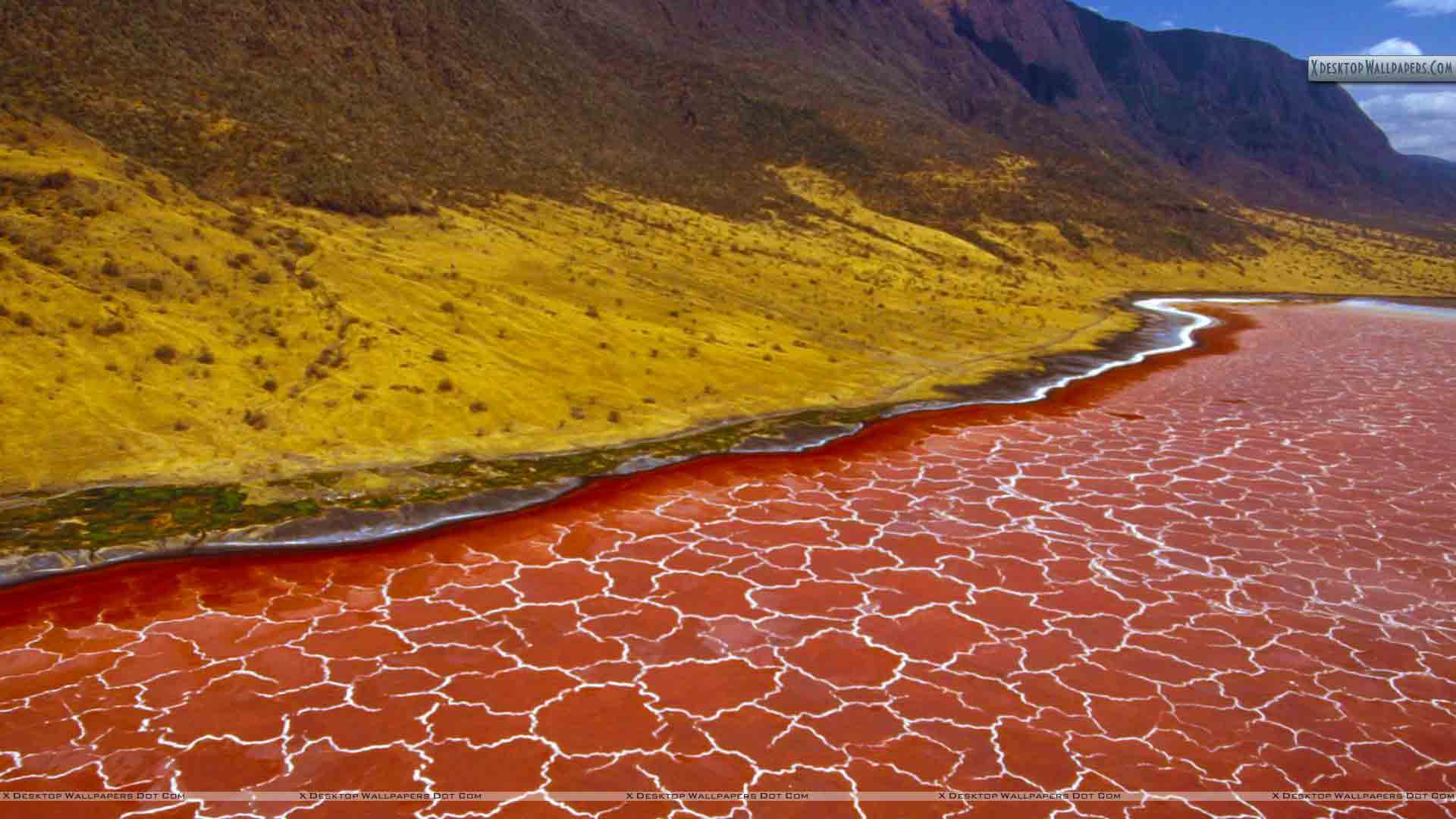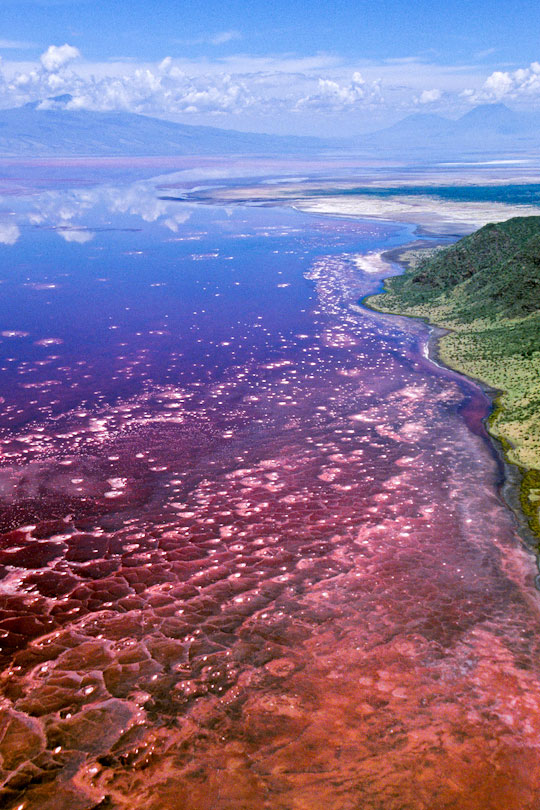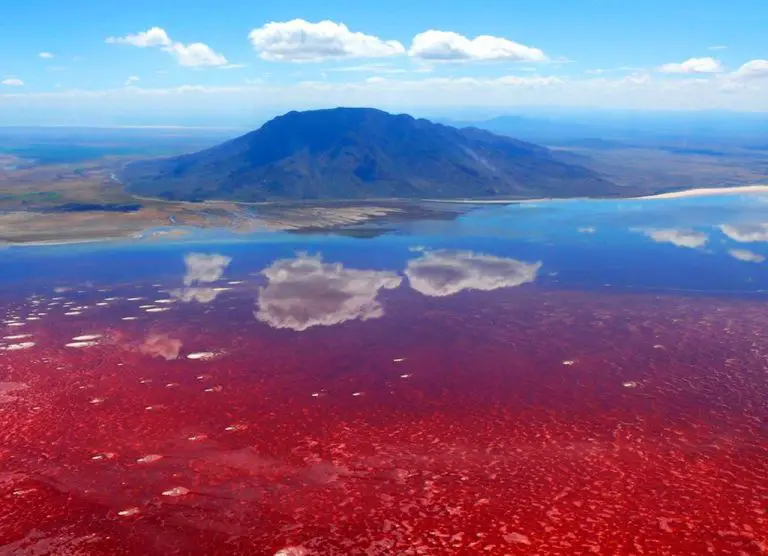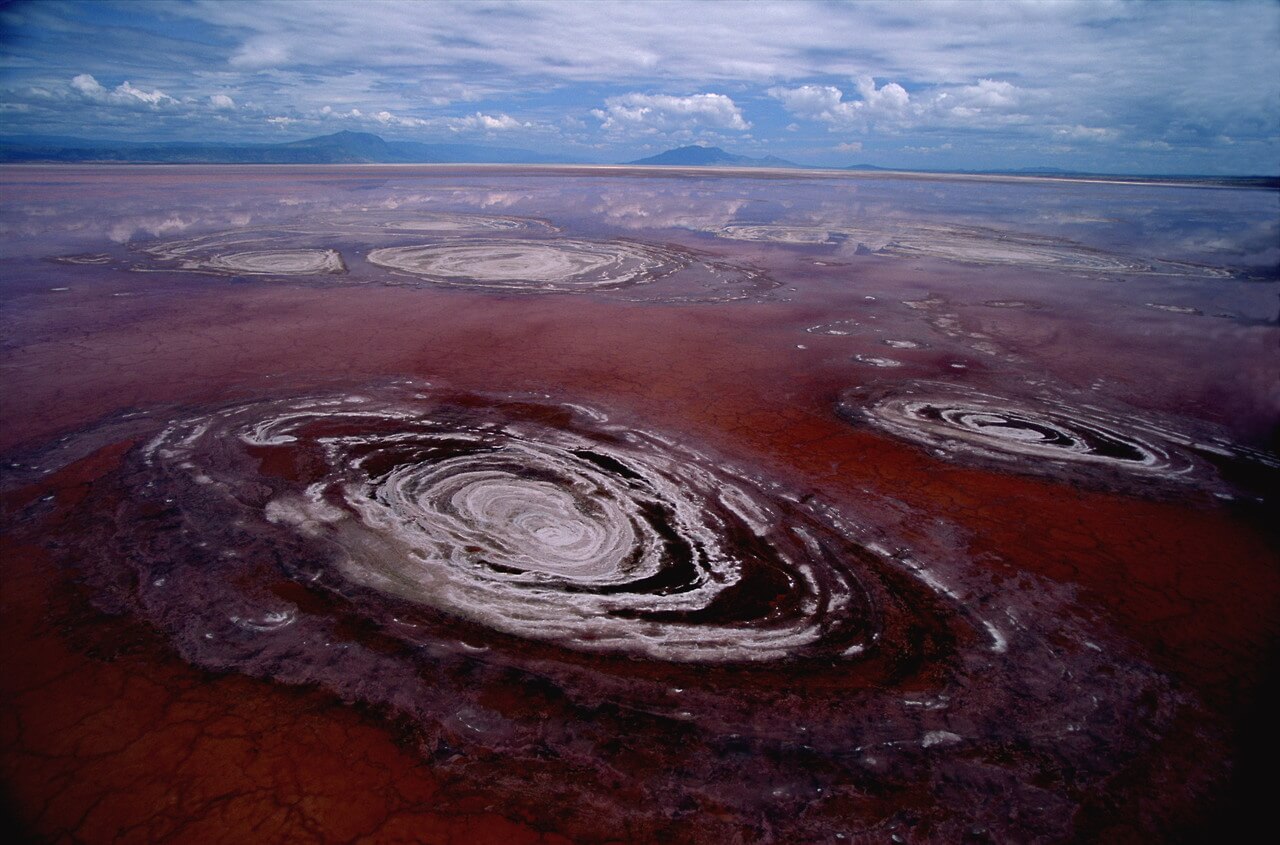
The beguiling lesser flamingo feed on algae found in soda lakes across eastern Africa but choose to breed almost exclusively at Lake Natron. Guests can take early morning or sunset walks to the lake flats. Here are the top activities to do with your stay at Lake Natron CampĬool off in any one of the natural plunge pools in front of the accommodation units or dining/ bar area. There is also larger pool suitable for swimming further down stream as well as endemic cyclids – bring some goggles or ask our team for a pair! Volcanism around the Great Rift Valley produces soda (Sodium Carbonate), which is washed down by rain and ground water. Oldoinyo Lengai (Mountain of God) is the only active volcano in Tanzania. Volcanoes and craters of different ages are scattered around the valley. The prominent escarpment in this area lies to the west. The valley is created by two tectonic plates moving apart causing the valley floor to drop down leaving intact and fragmented valley walls or escarpments. The Great Rift Valley stretches from northern Ethiopia to Mozambique in the south, a distance of about 5600km. The lake is also surrounded by scattered springs, some of which are fresh enough to provide drinking water for many species of animals, large and small. The combination of remoteness and the hostility of the soda mud-flats provides the flamingos with a relatively safe area to breed and rear chicks. Algae and zooplankton thrive in this water, which in turn supports great numbers of flamingos. Here the water evaporates leaving behind very high concentrations of soda. Story by Kathryn Hansen.Lake Natron sits at the lowest point of the valley in East Africa at an altitude of 600m or 2000feet above sea level. NASA Earth Observatory images by Joshua Stevens, using Landsat data from the U.S. And when the waters recede during the dry season, flamingos favor the area as a nesting site, as it is mostly protected from predators by the perennial moat-like channels and pools of water. Small, salty pools of water can fill with blooms of haloarchaea-salt-loving microorganisms that impart the pink and red colors to the shallow water. While the environment is too harsh for most common types of life, there are some species that take advantage of it.

The mixture moves through the ground via a system of faults and wells up in more than 20 hot springs that ultimately empty into the lake.

Volcanoes, such as Ol Doinyo Lengai (about 20 kilometers to the south), produce molten mixtures of sodium carbonate and calcium carbonate salts. Evaporation usually exceeds that amount, so the lake relies on other sources-such as the Ewaso Ng’iro River at the north end-to maintain a supply of water through the dry season.īut it’s the region’s volcanism that leads to the lake’s unusual chemistry. In a non-El Niño year, the lake receives less than 500 millimeters (20 inches) of rain. In these images, you can see the deepest water along the perimeter of the lake bed, the location of lower-elevation lagoons.

They show the lake on March 6, 2017, very early in the rainy season that runs from March to May. The Operational Land Imager (OLI) on Landsat 8 captured these natural-color images of Lake Natron and its surroundings. The lake is mostly inhospitable to life, except for a few species adapted to its warm, salty, and alkaline water.īut you don’t need to visit the lake in person to see its stunning, seasonal color.

Not many people venture near the shores of Lake Natron in northern Tanzania.


 0 kommentar(er)
0 kommentar(er)
